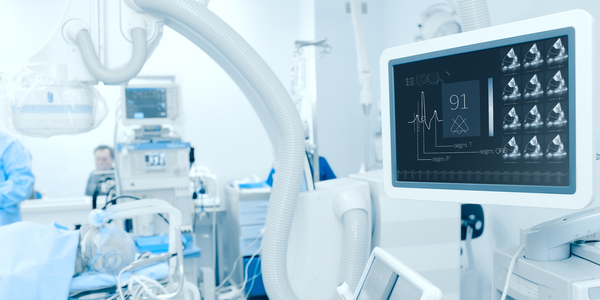EUDAMED and legacy devices

Depending on device transition timing to the Regulations, manufacturers may need to submit UDI and Device Registration information for legacy devices in EUDAMED. The EC has issued guidance that identifies the mandatory registration of these device types when a serious incident occurs or when there is a field safety corrective action to apply on them, requiring their registration as soon as possible and at least before a follow-up or final vigilance report is submitted. Legacy devices need to be registered within 18 months after the date of application (or 24 months after the date of publication of the notice referred to in Article 34(3) of the MDR, if EUDAMED is not fully functional before the date of application of the MDR), unless the MDR or IVDR equivalent is placed on the market and registered in EUDAMED prior to the serious event or field safety corrective action occurring on the legacy device.
As Basic UDI-DIs and UDIs do not apply to legacy devices, the EC has created a mechanism in EUDAMED to assign a EUDAMED-DI (an equivalent of the Basic UDI-DI) and EUDAMED-ID (an equivalent of the UDI-DI). The purpose of these assignments is to keep the same standard structure and identification elements for all devices registered in EUDAMED. If a UDI-DI is already assigned, the manufacturer can use the UDI-DI for the EUDAMED-ID/UDI-DI. The two are differentiated by a B prefix (for the EUDAMED-DI) and a D prefix (for the UDI-DI). If the device is not yet assigned a UDI-DI by the manufacturer on registration, the system provides a EUDAMED-DI and auto-generates the appropriate EUDAMED-ID.
In either case, as manufacturers move towards compliance with the Regulations, EUDAMED is expected to provide the capability to link the legacy device to the Regulations-compliant device, as long as the Regulations-compliant device is the same (except that it is compliant with the Regulations). The link is to be made at the level of the UDI-DI. If the UDI-DI is the same, this linkage by EUDAMED may be automatic; if not, the manufacturer can create the link manually by providing the legacy device identifier.[1]
Manufacturers should determine the timing of MDR- or IVDR-compliance for their device data (if manufacturers submit MDR- or IVDR-compliant devices they are not required to submit the MDD- or IVDD-compliant devices).
NOTE: Legacy devices with risk class I that are not sterile and/or that have a measuring function under the AIMDD or MDD cannot be considered as legacy devices because they do not require a certificate issued by a notified body. They must be registered only as Regulation devices in EUDAMED within 18 months after the date of application (or 24 months after the date of publication of the notice referred to in Article 34(3) of the MDR, if EUDAMED is not fully functional before the date of application of the MDR).[2]
Manufacturers should assess whether EUDAMED-DIs and EUDAMED-IDs are to be assigned for their MDD or IVDD-compliant devices, and develop processes and procedures to ensure that the correct linkage to MDR- or IVDR-compliant devices can be performed.
Manufacturers should develop processes and procedures to support the transition of MDD- or IVDD compliant devices to MDR- or IVDR-compliant devices, and ensure they include EUDAMED activities in order to be compliant with the Regulations, including documenting rationales for maintaining existing device UDI-DIs with transition.
This blog post is an excerpt from our latest whitepaper: European Union Medical Device Regulation and In Vitro Device Regulation: unique device identification. Please download the full whitepaper to find out more about the UDI System and the EU regulations.
[1] See Management of Legacy Devices: MDR Eudamed, available at https://ec.europa.eu/health/sites/health/
[2] See Management of Legacy Devices: MDR Eudamed, available at https://ec.europa.eu/health/sites/health/
The Compliance Navigator blog is issued for information only. It does not constitute an official or agreed position of BSI Standards Ltd or of the BSI Notified Body. The views expressed are entirely those of the authors.

